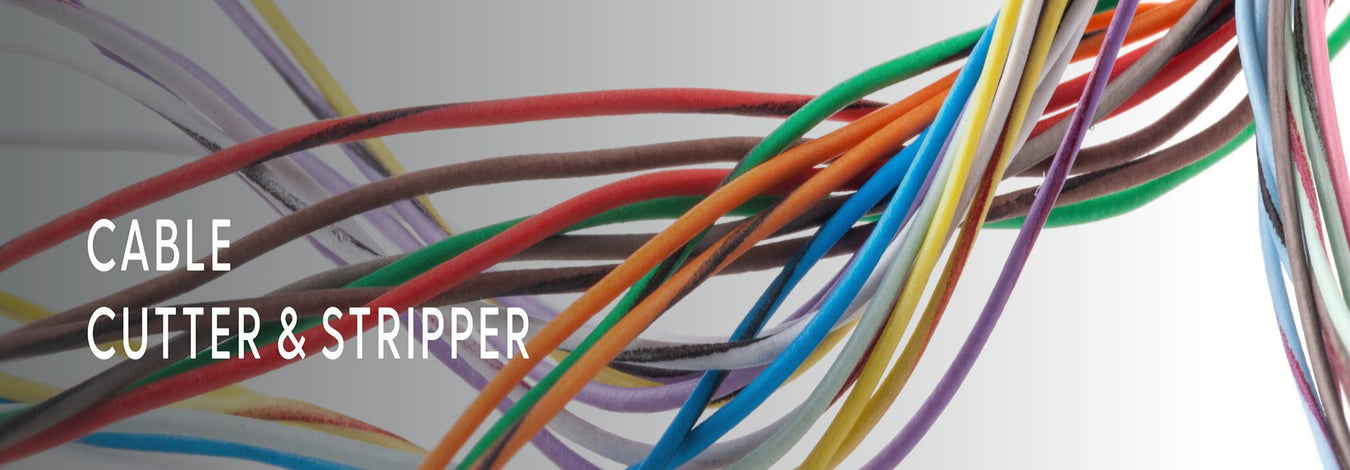
Should I Crimp or Solder Battery Cable Lugs?
Crimping and soldering are the most common methods to connect battery cables to lugs. Choosing between the two can be confusing; some people will even recommend applying both ways on a single joint. The debate between soldering and crimping has been there for many years. Various factors come into consideration when choosing a connection method.
Therefore, we shall explore both of these methods to help you determine the best for joining battery cable lugs.
Soldering Battery Cable Lugs
Soldering is a more traditional method that involves using a soldering iron or gun to melt down solder (metal alloy) to join a copper lug to a battery cable. Once the solder cools, it forms a hard and independent connection that allows electrical conductivity between the two components.
Soldering is an affordable method of connection that is quite accessible to most people. Confirming the quality of a solder connection is also pretty easy. More importantly, if done correctly, it forms relatively strong electrical connections.
On the other side, it takes a much time and a high level of expertise to make a reliable and secure solder connection. Secondly, soldered connections can easily weaken or degrade over time with continuous temperature and mechanical stress, thus making them a less desirable option for cable lug connections. Above all, the fumes produced while soldering can be hazardous, especially when using non-RoHS solder.
Crimping Battery Cable Lugs
Crimping is a mechanical method of joining battery cables to lugs; no heat or chemical is required. It entails using a lug crimper (like the iCrimp IWS-1040S Battery Cable Lug Crimping Tool) to compress/crimp down a copper lug to hold the cable strands thus forming a permanent joint tightly. Usually, good crimp connections are sturdy and reliable.
Unlike soldered connections, crimp connections are more resistant to heat and vibrations; thus, they can last longer, even under high heat and mechanical stress. That’s why crimping is the preferred connection method in the automotive industry. With crimping, it’s easy and fast to get consistent results when making multiple joints, provided your crimping tool is appropriately calibrated. Lastly, crimping cable lugs doesn’t demand a high level of expertise, thus making crimping a suitable method for a wide range of users, including beginners.
Like other connection methods, crimping has some drawbacks. First, crimping requires a proper tool, i.e., a lug crimper. Also, if you make a mistake and end up with a bad joint, you’ll have to repeat the entire process, and re-installing already crimped lugs isn’t advised.
Soldering vs. Crimping Battery Cable Lugs: Which is better?
Each of these methods has its place in connecting cables in electric systems. In most cases, soldering is the ultimate connection method, especially where a printed circuit board (PCB) or wire connection pins are involved. On the other hand, crimping is the best way of connecting heavy gauge cabling like battery cables.
Generally, choosing between the two should be more based on the application and industry standards. Therefore, we can conclude that battery cable lugs should be crimped and not soldered. Crimping offers a better and more secure connection between the copper lug and a battery cable.
Should You Add Solder to a Crimp Joint?
Some people may suggest you add solder to a crimp to improve its sturdiness. In reality, it doesn’t do much, and you shouldn’t do it. A good crimp joint is good enough to offer outstanding performance and last decades.
Making a battery cable lug connection is pretty straightforward when you have the proper crimping tool. Check out iCrimp’s battery lug crimping tools for nearly all types of electrical connections.
References





